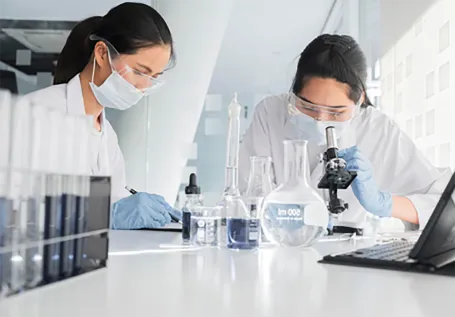Antimicrobial Additives for Plastics Enhancing Safety and Durability
In an age where hygiene and safety are paramount, especially in healthcare and consumer products, antimicrobial additives for plastics have emerged as a vital solution. These additives play a crucial role in inhibiting the growth of harmful microorganisms, including bacteria, fungi, and viruses, thereby enhancing the safety and durability of plastic materials used across various applications.
Antimicrobial Additives for Plastics Enhancing Safety and Durability
The applications of antimicrobial plastics are vast. In the healthcare sector, these materials are essential in hospital settings, where the risk of infections can be significantly reduced. Medical devices, surgical instruments, and hospital furnishings made from antimicrobial plastics help minimize the transmission of pathogens, protecting both patients and healthcare workers. Furthermore, in consumer products such as kitchenware, children’s toys, and fitness equipment, these additives ensure that surfaces remain free from harmful bacteria, promoting safer use and improved hygiene.
antimicrobial additives for plastics

Moreover, the demand for antimicrobial plastics is on the rise due to increased consumer awareness and regulatory requirements regarding health and safety standards. Manufacturers are now looking to incorporate these additives not just for functional purposes, but also as a selling point that distinguishes their products in a competitive market. For instance, the food packaging industry is increasingly utilizing antimicrobial plastics to extend shelf life and maintain the quality of perishable goods, effectively reducing food waste.
However, the development and use of antimicrobial additives in plastics are not without challenges. Concerns about the potential for developing resistant strains of bacteria, environmental impact, and the long-term efficacy of these additives are critical considerations. Research continues to be dedicated to understanding these aspects, with an emphasis on creating formulations that balance efficacy with safety for both humans and the environment.
Ultimately, the integration of antimicrobial additives into plastics represents a significant advancement in material science that aligns with contemporary demands for safety, hygiene, and sustainability. As the industry moves forward, continuous innovation and rigorous testing will be essential in enhancing the effectiveness of these additives while ensuring they pose no risk to health or the environment. The future of antimicrobial plastics looks promising, with the potential to revolutionize various sectors and significantly improve public health outcomes. Through ongoing research and development, the plastic industry is poised to contribute meaningfully to a safer and more hygienic world.

